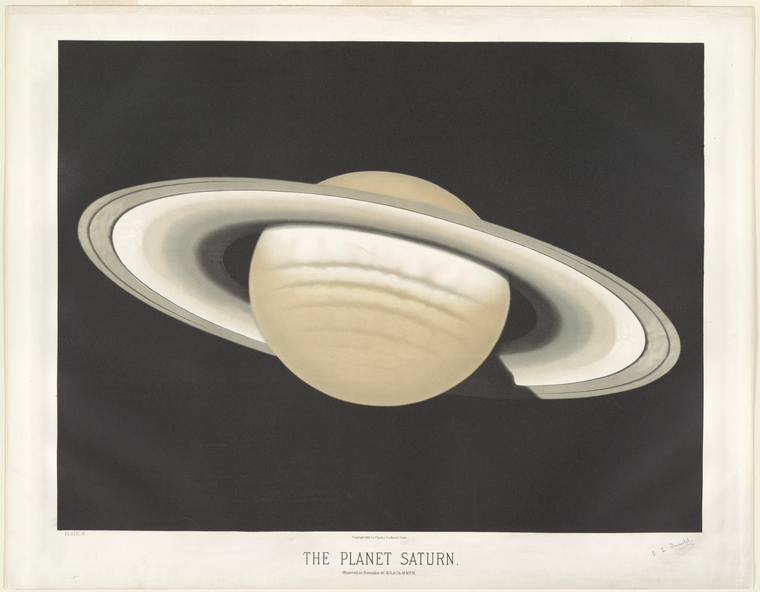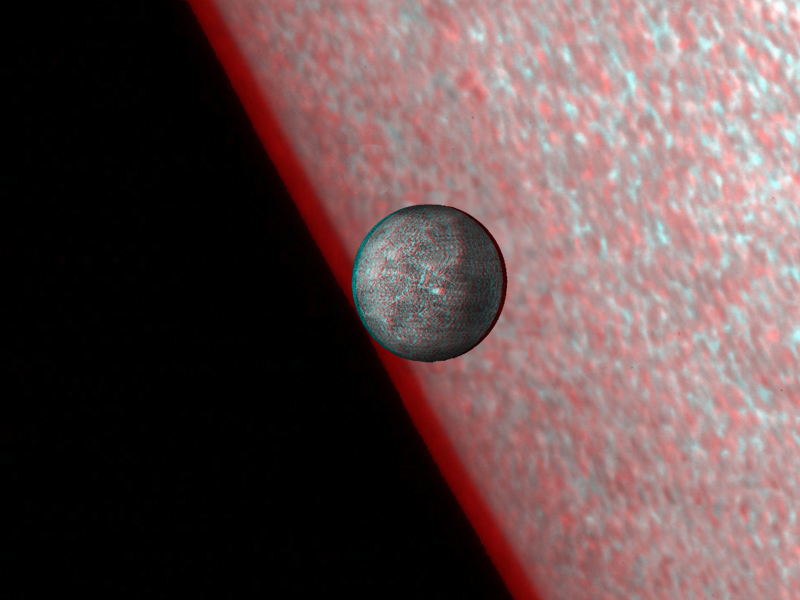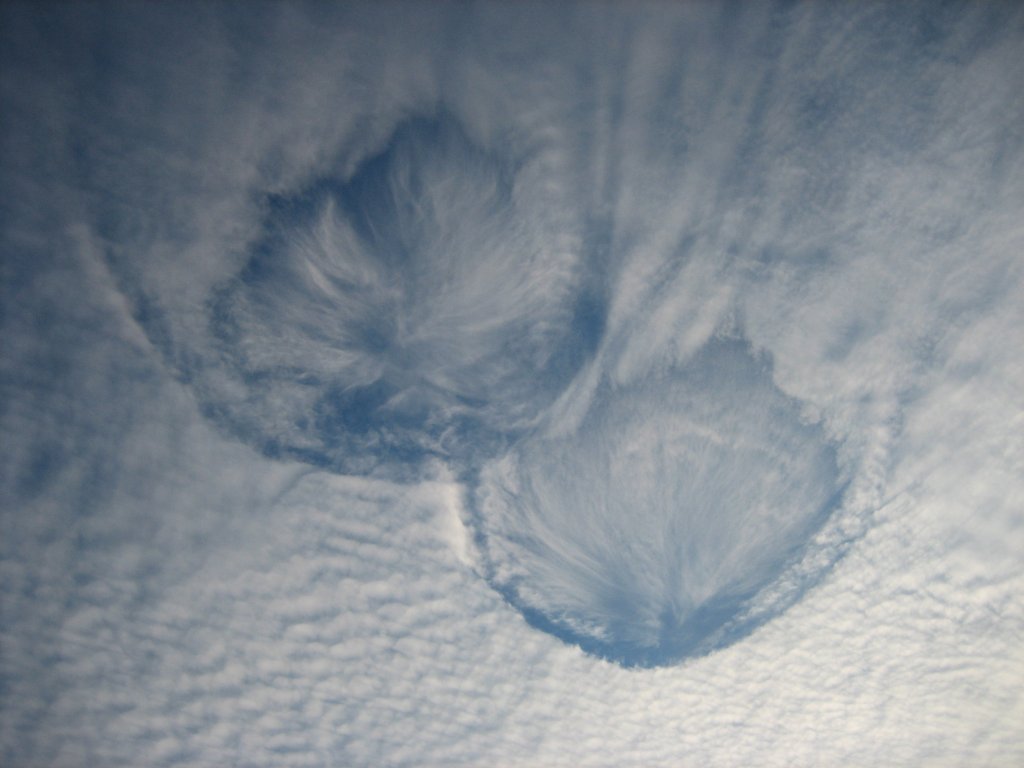
Studies announced this week by UCLA and Rutgers researchers (and reported in Science magazine) reveal clues as to the process by which DNA is transcribed into RNA. (As with any of my commentary on biological stuff, the following comes with a caveat: I’m interpreting the article as best I can as a non-specialist, so if anyone out there knows better, please comment accordingly.)
The basic question: how do cells turn DNA instructions into RNA messengers? Biochemist types would like to understand this process at the molecular level, so they tagged the molecules involved with fluorescent compounds and watched to see how they jiggled around during the transcription process. Fluorescent Resonance Energy Transfer (FRET) yields information about changes in distance between the two fluorescent markers, so researchers could tell how the molecules changed shape. Three models had been proposed, but only the model that involved “scrunching” of the DNA predicted the changes observed.
Executive summary: we understand the mechanics of DNA transcription better than before.
What I find intriguing about the image above (which comes from the UCLA press release) is the combination of visual language used to describe the molecules. I always find this intriguing, probably because it’s a visual language in which I am not fluent! Three molecules show up as surfaces—the pink and orange strands of DNA and the blue RNA polymerase (RNAP)—while everything else is shown as a stick models—including the three fluorescent tags (in red, yellow, and green) used to measure the &mdquo;scrunching” of the molecules. It makes sense ’cuz you want to show what’s going on inside the complex RNAP structure in which the transcription takes place. I have to say, though, that I find the dotted arrows visually confusing, and it seems like a little more elegant Photoshop work would make the image a little easier on the retina.
Also, it’d be lovely to have a way of visualizing data like this in 3-D. How spiffy would it be to have a virtual model distributed with the press release? There must be some keen software out there for looking at this stuff, but my half-hearted searches have revealed very little: the Chemis3D applet and Java3D Molecular Visualization System are all I could track down, so if you know of other software (especially freeware, of course), please comment! I want my molecules in 3-D.
(I’m biased, of course. My work with the Hayden Planetarium Digital Universe and space show production has convinced me that the more 3-D we can make scientific results, the better.)
Also, the combination of pink and orange makes me wonder if the researchers are fans of the Pet Shop Boys. Or are these colors standard?










